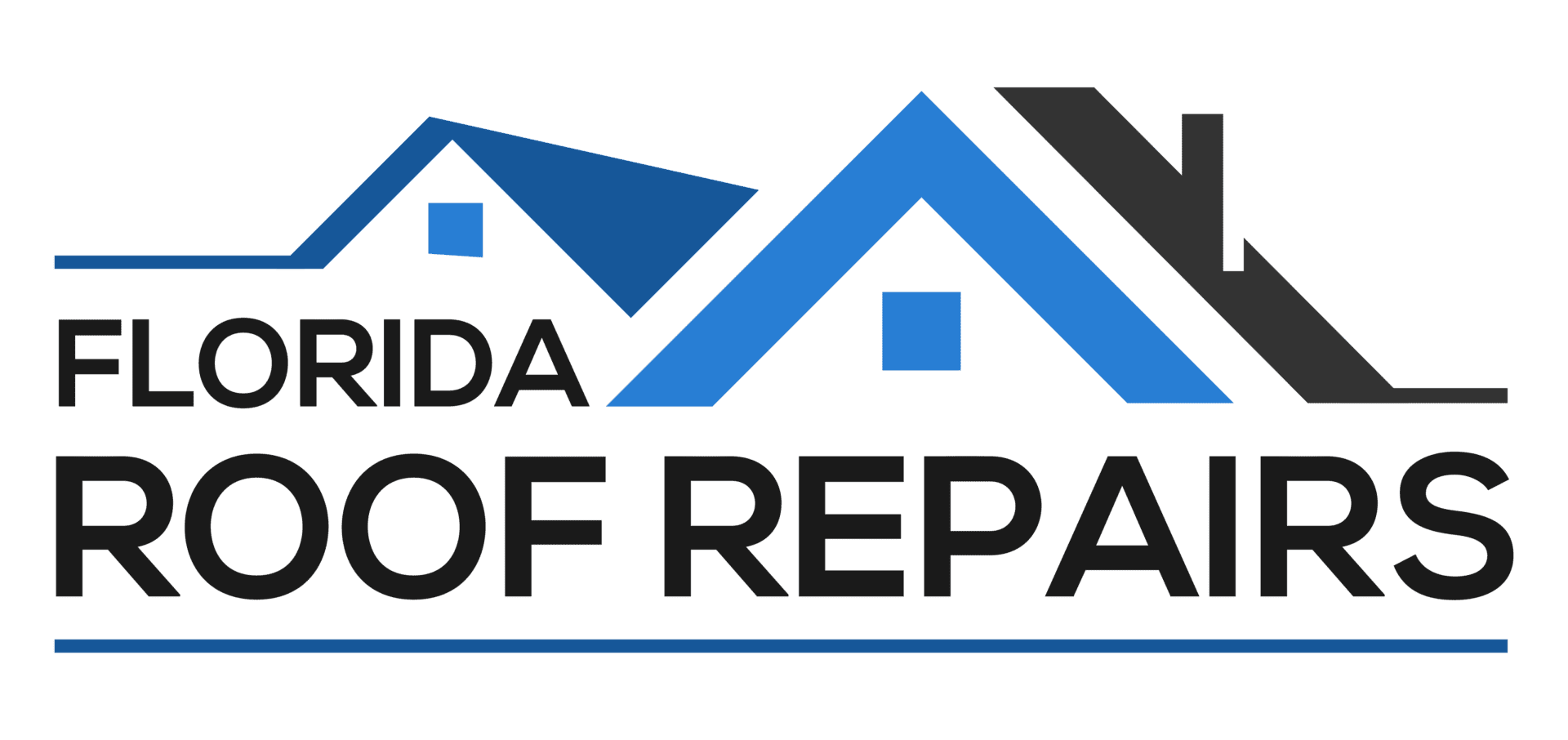Resources
ELASTOMERIC COATING (NOA)
GAF POLYGLASS (NOA)
GAF SHINGLE (NOA)
Miami Dade NOA Approval 5V Crimp
NOC Manatee County
Sarasota NOC
TPO NOA



Frequently Asked Questions (FAQ’S)
How Can a Homeowner Recognize When a Roof System Has Problems?
What Are My Options If I Decide to Reroof?
My Roof Leaks. Do I Need to Have It Replaced Completely?
Can I Do the Work Myself?
Maintenance performed by home and building owners should be confined to inspecting roof systems during the fall and spring to check for cracked or curling shingles and cleaning gutters filled with dead leaves and other debris. If you must inspect your roof system yourself, use a firmly braced or tied-off ladder equipped with rubber safety feet. Wear rubber-soled shoes and stay on the ladder (and off the roof system), if possible.
How Long Can I Expect My Roof System to Last?
Actual roof system lifespan is determined by a number of factors, including local climatic and environmental conditions, proper building and roof system design, material quality and suitability, proper application, and adequate roof maintenance.
Roofing product manufacturers offer a variety of warranties on their products. Take a close look at those warranties to see what responsibilities and financial obligations manufacturers will assume if their products fail to reach their expected lives.
What Will a New Roof System Cost?
The average roof is between 2500 and 3000 square feet. Keep in mind this is not the same as the square footage of living space or under the roof. The roof will include overhangs and the pitch of the roof as well as a waste factor depending on the shape of the roof. Roofing is usually referred to in “squares,” which is equal to 100 square feet. For example, 2500 square feet is 25 squares. Roofing materials are usually purchased by the square.
Here are some average prices as of 2020 for a 25-square roof:
- Shingle roof $9,000.00- $11,000.00
- 5-V Metal roof $15,000.00- $20,000.00
- Standing seam metal roof $17,000.00- $23,000.00
- Tile roof $20,000.00- $25,000.00
Prices for flat roofing can vary based on size and circumstances.
How Can I Determine My Annual Roofing Cost?
Annual Roofing Cost = Total Cost (Materials & Labor) / Life Expectancy of Roof System (in years).
